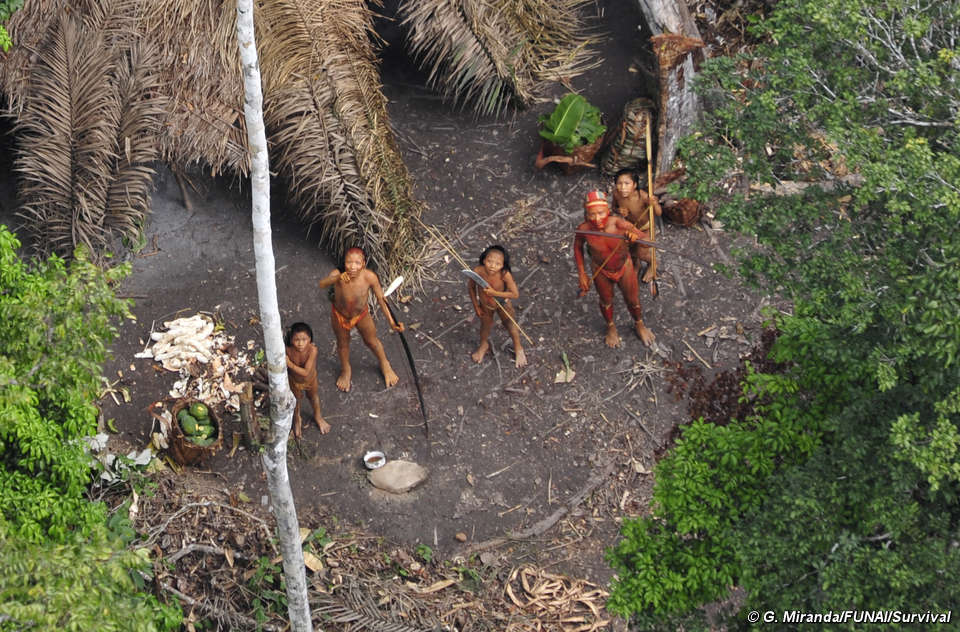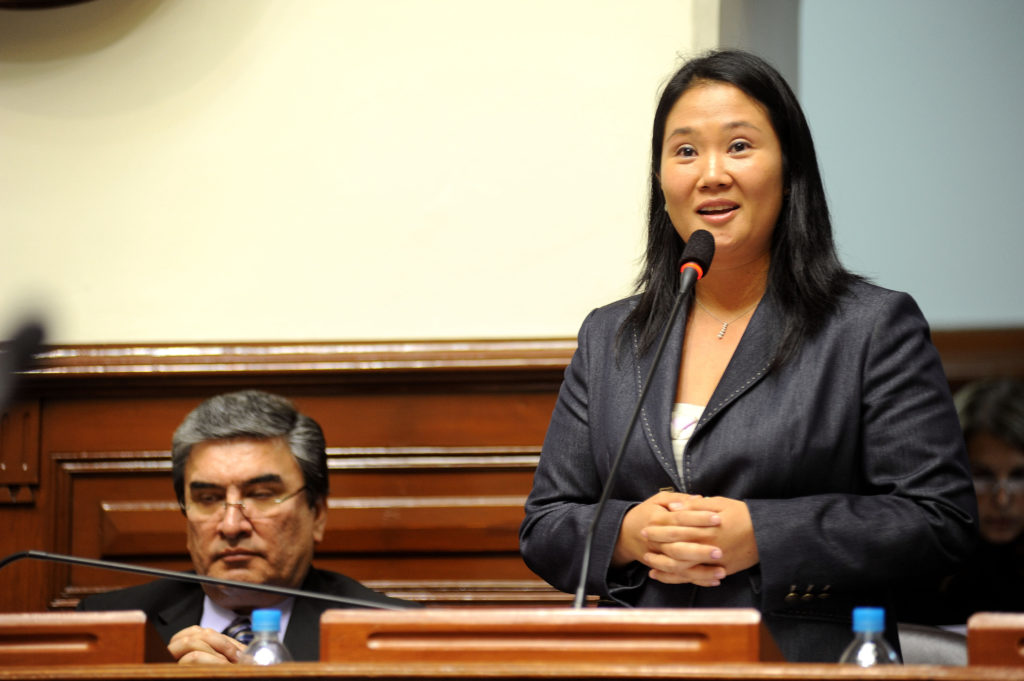It has been 15 years since the first formal proposal to create indigenous reserves in Peru’s vast Loreto region, but due to recent developments, things are starting to look positive.
After 60 years of research, studies by Peruvian nonprofit Center for the Development of Amazon Indigenous (CEDIA) have finally triggered the government’s Multi-Sector Commission to “recognise the existence of the indigenous peoples in isolation”. CEDIA’s research covers the Yavari-Tapiche and Yavari-Mirin areas, and has led to the discovery of over seven distinct indigenous people, all of which are believed to have languages of the Pano-linguistic family. The studies were made by flyovers, direct sightings and studies of footprints, by CEDIA and indigenous federations.
The recognition of the indigenous people is a matter of great satisfaction to the Interethnic Association for the Development of the Peruvian Rainforest (AIDESEP), a Peruvian national indigenous rights association. Beatriz Huertas, an anthropologist who has worked in the sector since 1994, told The Guardian that “recognition of their existence binds the state to protect their fundamental rights… we’re talking about highly vulnerable people suffering from their territories being invaded.” The Pope, in his recent visit to Peru, also voiced his concern about the issue, saying, “The Amazon tribes have never been so threatened as now.”
The main threat to these indigenous populations are logging (legal and illegal) and oil companies that work in the area. Survival International states on its site that it has been calling on the Peruvian government to help better protect these tribes.
“More than 70 percent of the Peruvian Amazon has been leased by the government to oil companies,” the report reads. “Much of this includes regions inhabited by uncontacted tribes.” These oil companies present a huge risk as they create paths that open up previously inaccessible regions to loggers. These remote communities are particularly vulnerable as they do not have immunity to western diseases, and any contact could wipe out a whole community. The Nahua tragedy in the early 1980s is a testament to their precarious situation, when exploration by Shell Oil Company led to contact with the Nahua tribe, which, after a few years, led to half of the community being wiped out.
It is vital that the proposal doesn’t end here, and the necessary steps are taken to ensure these reserves are created. Oil lots overlap into the Yavari-Tapiche area, as well as logging companies, and Yavari-Mirin reserve is threatened by logging, drugs trafficking and the Genaro Herrera-Angamos highway. According to The Guardian, the Ministry of Culture is preparing the paperwork necessary for a Supreme Decree that would recognise the rights of these isolated communities, and plan to send them to the Presidency of the Council of Ministers next week. Huerta spoke to the Guardian of the process it took to get there.
“15 years had to pass for this to happen,” she said. “During that time, AIDESEP and ORPIO had to make huge efforts, permanently updating the information about them, informing authorities, political lobbying, and even taking legal action at both national and international levels.”
If created, these reserves could cover 2.5 million hectares, which would make them the biggest indigenous reserves in the country. Peru has recently opened the Yaguas Reserve in the Loreto region, but these will the some of the first reserves to protect the rights of the communities within them.









